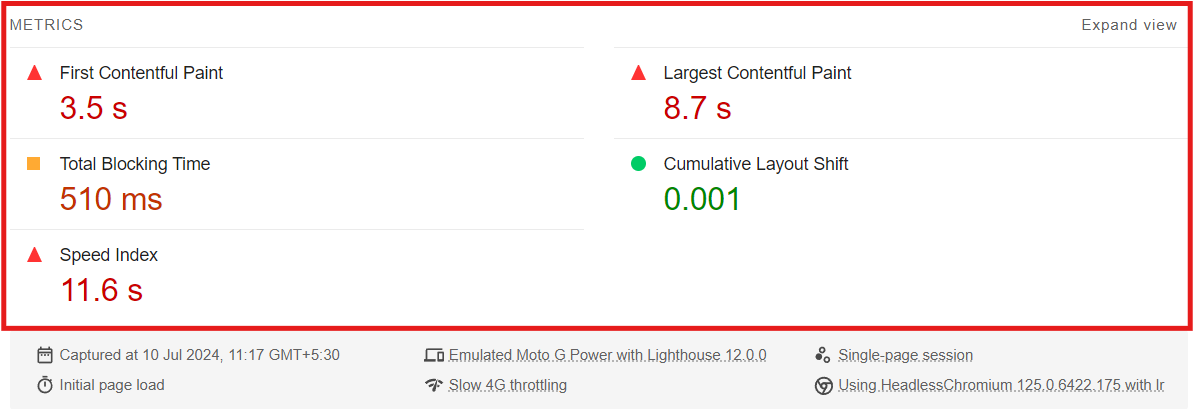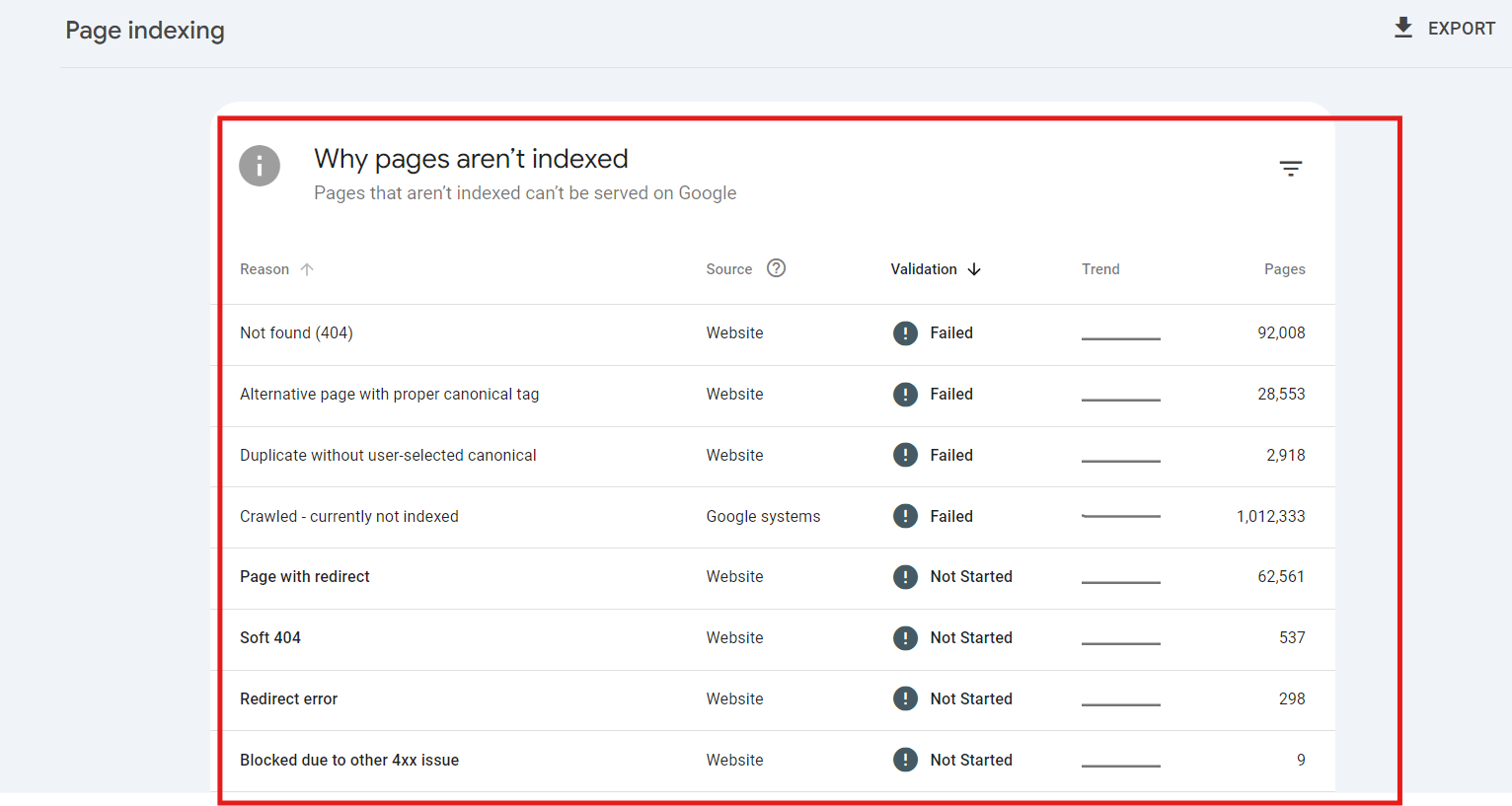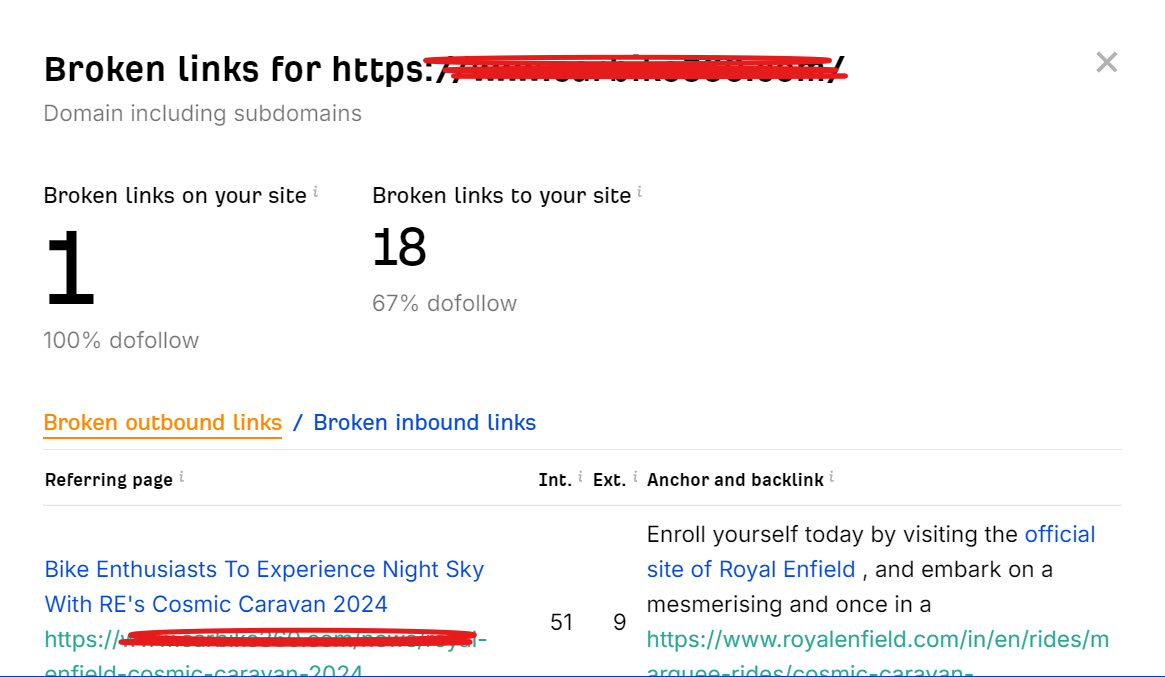Technical SEO Checklist: A Comprehensive Guide

Technical SEO refers to optimizing your website for the crawling and indexing phase. With technical SEO, you can help search engines access, crawl, interpret, and index your website without any problems. Below, we delve into the crucial aspects of technical SEO and the essential tools you need.
Key Elements of Technical SEO
1. Leverage “Inspect URL” Feature in GSC

Google Search Console (GSC) offers an “Inspect URL” feature that allows you to check the index status of your URLs. By using this feature, you can:
Example:
- Identify Indexing Issues: If a page isn’t indexed, use the “Inspect URL” feature to find out why. It might reveal that the page is blocked by robots.txt or has a noindex tag.
- Performance Review: Inspect a key landing page to see its status and any associated issues, such as mobile usability or coverage errors.
Tool: Google Search Console
2. Ensure Your Website is Mobile-Friendly
A mobile-friendly website is crucial as mobile searches have surpassed desktop searches. Use Google’s Mobile-Friendly Test to ensure your website adapts well to various screen sizes and provides a seamless user experience.
Example:
- Responsive Design: Ensure your site uses responsive design techniques to adapt to different screen sizes. For instance, check your homepage on various devices to see how it displays.
- Mobile Usability Report: Use GSC’s Mobile Usability report to identify issues like clickable elements being too close together or content wider than the screen.
Tool: Google’s Mobile-Friendly Test
3. Check Your Site’s Loading Speed

Page speed is a critical ranking factor and affects user experience. Use tools like PageSpeed Insights to analyze and improve your site’s loading speed.
Example:
- Optimize Images: Compress images using tools like TinyPNG. For example, if your site has a high-resolution hero image, ensure it’s compressed without losing quality.
- Leverage Browser Caching: Implement caching rules in your .htaccess file to reduce load times for returning visitors.
Tool: PageSpeed Insights
4. Make Sure You Are Using HTTPS
HTTPS is a security protocol that protects the integrity and confidentiality of data between the user’s computer and the site. It’s also a ranking signal for Google.
Example:
- SSL Certificate: Purchase and install an SSL certificate from a trusted provider like Let’s Encrypt. For example, migrate your site to HTTPS and redirect all HTTP traffic to HTTPS.
- Mixed Content Issues: Use a tool like SSL Checker to find and fix mixed content issues where HTTP resources are loaded on HTTPS pages.
Tool: SSL Checker
5. Find and Fix Crawl Errors

Crawl errors occur when a search engine tries to reach a page on your website but fails. Use GSC to identify and fix these errors to ensure your site is fully indexable.
Not Found (404):
- Description: This error occurs when a page cannot be found. It often happens due to broken links or deleted pages.
- Solution: Create a custom 404 page, implement 301 redirects for removed pages, and regularly audit for broken links.
Alternative Page with Proper Canonical Tag:
- Description: Indicates that the page has a canonical tag pointing to another URL.
- Solution: Ensure the canonical tag is correctly implemented and points to the appropriate page to avoid duplicate content issues.
Duplicate without User-Selected Canonical:
- Description: This error indicates that there are duplicate pages without a canonical tag.
- Solution: Add canonical tags to specify the preferred version of the page to prevent duplicate content issues.
Crawled – Currently Not Indexed:
- Description: Google has crawled the page, but it has not been indexed.
- Solution: Ensure the page has high-quality content, is not blocked by robots.txt, and does not have a noindex tag.
Page with Redirect:
- Description: Indicates that the page is redirected to another URL.
- Solution: Check the redirect to ensure it’s functioning correctly and leads to the intended destination. Use 301 redirects for permanent moves.
Soft 404:
- Description: Occurs when a page returns a 200 status code (success) but displays “not found” content.
- Solution: Ensure genuinely missing pages return a 404 status code. Review soft 404 pages to ensure they provide valuable content or implement appropriate redirects.
Redirect Error:
- Description: Errors in the redirect process, such as redirect loops or incorrect redirects.
- Solution: Fix any redirect issues to ensure users and search engines can reach the intended page without errors.
Blocked Due to Other 4xx Issue:
- Description: Indicates the page is blocked by another 4xx error, such as a forbidden (403) error.
- Solution: Identify and resolve the 4xx issue blocking the page. Ensure proper permissions and accessibility.
Duplicate, Google Chose Different Canonical than User:
- Description: Google has identified duplicate content and has chosen a different canonical URL than the one specified by the user.
- Solution: Ensure canonical tags are correctly implemented and align with Google’s understanding of the preferred URL. Check for any inconsistencies.
Server Error (5xx):
- Description: Indicates a server-side error preventing Google from accessing the page.
- Solution: Analyze server logs to identify the cause of the error. Ensure server configuration is correct and increase resources if needed.
Tool: Google Search Console
6. Check the Page Depth
Page depth refers to how deep a page is in your site’s structure. Important pages should not be too deep within the site’s hierarchy as this can make them harder for search engines to find.
Example:
- Internal Linking: Create a blog post and ensure it’s linked from the homepage and relevant category pages to improve its visibility.
- Flat Architecture: Ensure key pages are no more than three clicks away from the homepage. For example, your main services page should be directly accessible from the homepage.
Tool: Screaming Frog
7. Check for Duplicate Versions of Your Site
Ensure there are no multiple versions of your site accessible through different URLs, as this can cause duplicate content issues.
Example:
- Canonicalization: Use canonical tags to indicate the preferred version of a page. For instance, if your site is accessible via http://example.com and http://www.example.com, use canonical tags to point to the preferred version.
- Redirects: Implement 301 redirects to consolidate duplicate URLs. For example, redirect all non-www traffic to the www version of your site.
Tool: Screaming Frog
8. Identify and Fix Broken Links

Broken links negatively impact user experience and SEO. Use tools to find and fix broken links on your site.
Example:
- 404 Pages: Set up a custom 404 page that provides helpful links back to your site. For instance, if a user lands on a 404 page, include links to popular articles or your homepage.
- Link Audits: Use tools like Screaming Frog to identify broken links and update them. For example, replace outdated links in old blog posts with current ones.
Tool: Broken Link Checker
9. Use an SEO-Friendly URL Structure
A clean and descriptive URL structure helps search engines and users understand the content of a page.
Example:
- Readability: Ensure URLs are easy to read and include relevant keywords. For instance, use www.example.com/seo-tips rather than www.example.com/page?id=123
- Hyphens: Separate words with hyphens for better readability. For example, use www.example.com/technical-seo-guide instead of www.example.com/technicalseoguide
Tool: Rank Math
10. Find and Fix Orphaned Pages
Orphaned pages are not linked to from any other pages on your site, making them hard to find for both users and search engines.
Example:
- Internal Links: Add internal links to orphaned pages from other relevant content. For instance, link to a case study page from your services page.
- Site Maps: Ensure all important pages are included in your XML sitemap. For example, regularly update your sitemap to include new content.
Tool: SEMrush Site Audit
11. Check Canonical Tags
Canonical tags help prevent duplicate content issues by specifying the preferred version of a page.
Example:
- Consistency: Use canonical tags consistently across your site. For instance, add a canonical tag to your blog posts to point to the main URL.
- Self-Referencing: Ensure all pages have self-referencing canonical tags to avoid confusion. For example, your homepage should have a canonical tag pointing to itself.
Tool: SEO Site Checkup
12. Add Structured Data
Structured data helps search engines understand the content of your site and can enhance search result listings.
Example:
- Schema Markup: Implement schema markup for different content types like articles, products, and events. For instance, add product schema to your e-commerce product pages to enhance their search appearance.
- Rich Snippets: Use structured data to enable rich snippets, improving click-through rates. For example, add review schema to display star ratings in search results.
Tool: Google’s Structured Data Markup Helper
Essential Tools for Technical SEO
Google Search Console (GSC) and Google Analytics (GA)
- GSC: Provides insights into your site’s performance in Google Search and helps you identify and fix technical issues.
- GA: Tracks and reports website traffic, helping you understand user behavior and measure the impact of your SEO efforts.
PageSpeed Insights
- Analyzes the content of a web page and provides suggestions to make it faster. It offers insights into both mobile and desktop performance.
Google’s Mobile-Friendly Test
- A tool that helps you determine how easily a visitor can use your page on a mobile device. It checks the page’s design, usability, and overall mobile compatibility.
SEMrush Site Audit
- An extensive auditing tool that identifies and helps fix issues related to technical SEO, content, site performance, and more.
Structured Data Markup Helper
- A tool by Google that helps you add structured data to your site, enabling search engines to understand your content better.
Merkle Schema Markup Generator
- An easy-to-use tool that helps you create schema markup for various types of content, ensuring your structured data is accurate and compliant with search engine guidelines.
Conclusion
Mastering technical SEO is crucial for ensuring your website is accessible and properly indexed by search engines. By addressing key areas like crawl errors, canonical tags, and Web Core Vitals, you can boost your site’s visibility and performance.
Correct use of canonical tags prevents duplicate content issues and consolidates link equity, while optimizing Web Core Vitals improves user experience and search rankings.
Regularly review and update your technical SEO practices to stay aligned with the latest best practices and algorithm changes. This foundation will help you achieve higher search rankings, increased traffic, and a better overall user experience.

